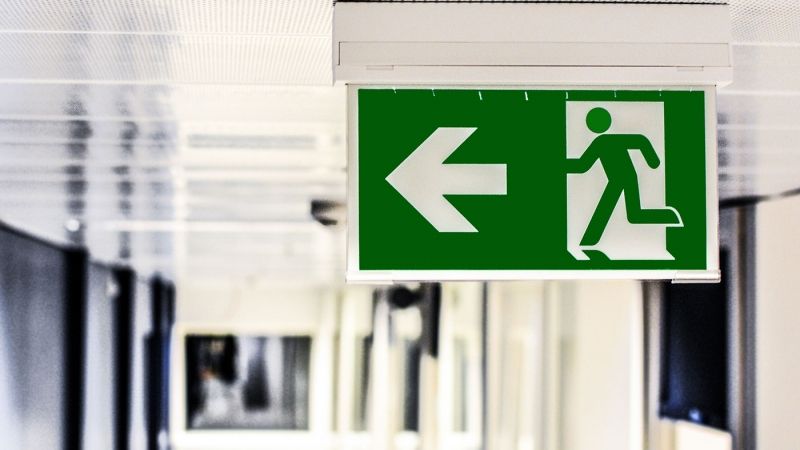One of the topics covered on the final day of Cvent CONNECT was safety surrounding the events industry, and Duty of Care.
While most corporate travel programs have established comprehensive Duty of Care programs — generally centered around using a centralized travel management company (TMC) and security expert firms that offer corporate services, such as International SOS and iJet — the efforts on the meetings and events side have been inconsistent.
Why haven’t more companies worked with their meetings and events management third-parties to develop similar protocols and processes?
Shouldn’t we be as responsive — if not more — since a lot of what we do is centered on hotels and public venues? Are we too reliant on our hotel suppliers to provide the main action plan and services if/when tragic events unfold?
Keep in mind — in times of weather-related or terrorist-related activities, your venue supplier will have a ton of other priorities to carry out versus getting back to you immediately with a status update on your meeting and events attendees. And that, of course, is if all communications systems are working perfectly.
Here are five best practices and tips that I’ve collected over the years — you might want to consider them as a baseline if you want to be more proactive rather than reactive when (not if) any kind of catastrophic event occurs:
1. Mandate all meetings and events get registered into a centralized technology platform — whether or not any sourcing or other logistical functions are done through the same system. The data — including name lists, contact information, etc. — will be invaluable in times of urgent need for efficient communications.
2. Make sure you have a “push-and-pull” strategy when it comes to all attendees — meaning you should have them reach out to you at a centrally known contact point (via text, phone number, etc.) to update their current status and whether or not they need urgent assistance; similarly, make sure that you have access to their contact information so you can reach out to them for a status update.
3. Have your security group (internal, external or a combination of both) provide traveler security updates and information PRIOR to departure — so travelers and attendees can be more aware if there’s a high security alert (and what that means).
4. Make sure all attendees have key contacts — including links, numbers, addresses, etc. — so they can reach out locally for help (i.e. contact information of the local embassy, etc.)
5. Educate attendees and travelers on any emergency systems or processes for them to follow — should anything happen during the course of the meeting or event. Frankly, as meetings professionals, we should always include this type of information at the start of every conference or each general session.
The major takeaway here is that you need to factor in Duty of Care from the beginning of your planning process. Don’t be romanticized by lower price points for venues, because there could be a reason for that discounted pricing — such as hurricane seasonality.
No one can predict what’s going to happen, but if you do your best to plan meetings and events — factoring in safety and security concerns, including Mother Nature — ahead of time, then you’ve done your best in trying to protect and mitigate the well-being of your attendees and your employer.






